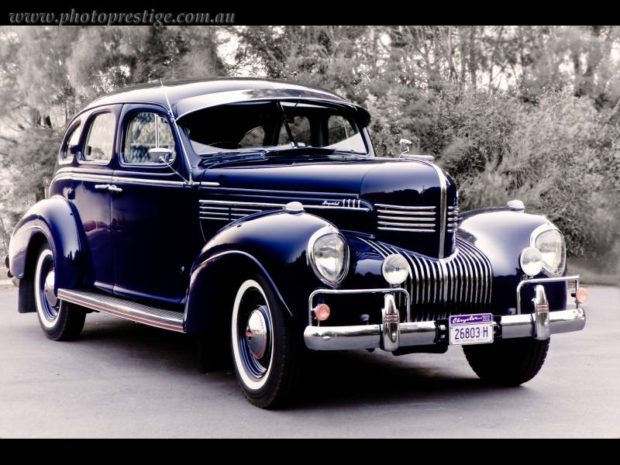The 1954 Chrysler New Yorker is an elegant example of that early ’50s style. A New Yorker won the NASCAR championship in 1954 and this inspired me to delve into the surprising racing history of the 1st generation Hemi V8, both in Europe and North America. A Hemi powered Cunningham C4R sports car won the Sebring 12 hour in 1953, and three of the top ten finishers at the Le Mans 24 hour that year were Cunningham Chryslers.
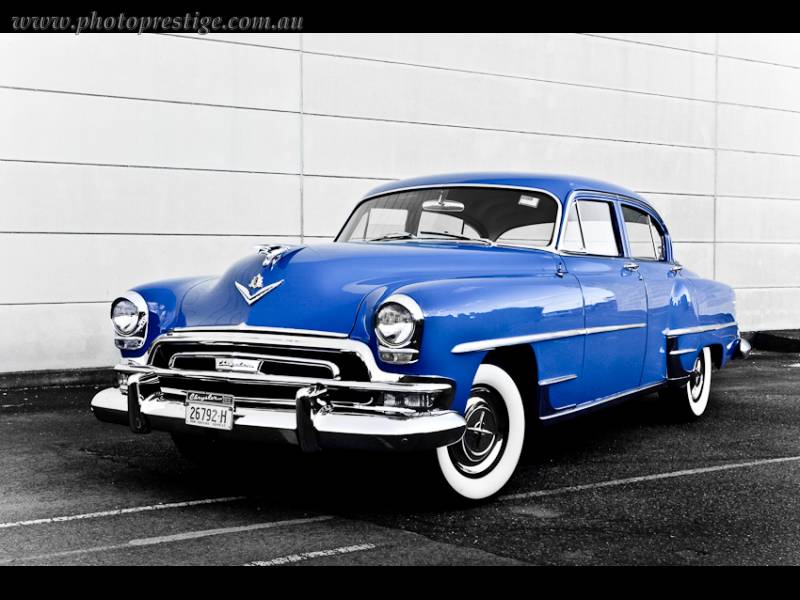
Frank D’Agostino’s incredible 1954 Chrysler New Yorker
There’s been renewed interest in cars of the early 1950s recently, much of it in the ‘kustom’ car scene where rockabilly music and tattooed pinup girls set the tone, and car aficionados speak in hot-rodding terms like chopped, channelled, shaved and Frenched – terms that make the classic car purist squirm. Each to their own, others would say.
“I like things to be original, that’s just the way I am,” says Frank D’Agostino, proud owner of this incredible 1954 Chrysler New Yorker.
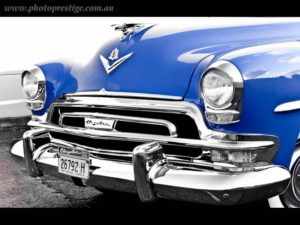
Cars of the early ‘50s began to look sleeker than their upright predecessors yet they maintained a curvaceousness in contrast to the increasing angularity of the cars of the following period. The bold ostentation of the late ’50s had not yet caught on – no big fins, multi-coloured paint schemes or excessive chrome ornamentation. The 1954 Chrysler New Yorker is an elegant example of that early ’50s style – big round front fenders and curvy rear quarters that make you just want to give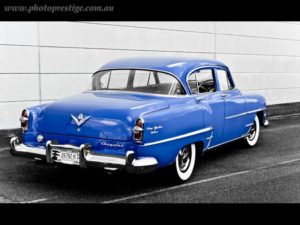 the car a squeeze and a big kiss. She’s the Marilyn Monroe of Chryslers.
the car a squeeze and a big kiss. She’s the Marilyn Monroe of Chryslers.
There’s another thing about this immaculate Chrysler that’s enough to bring a tear to the eye of even the baddest hot-rodder. Yes – it’s got a Hemi.
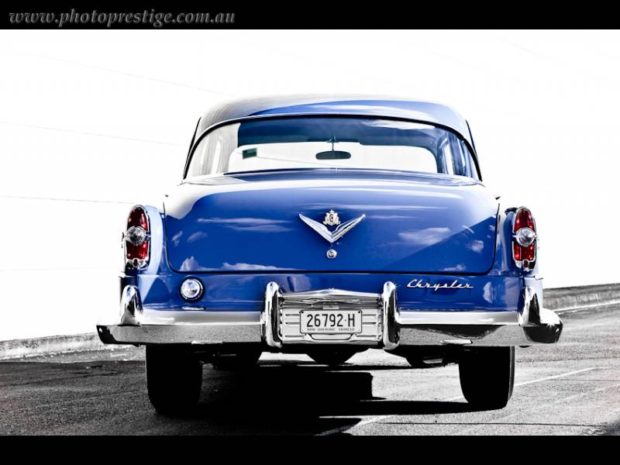
Click on the photo to check out the gallery.
The first generation Hemi was produced from 1951 to 1959 in capacities ranging from 241 cid to 392 cid including Dodge, De Soto, Chrysler, Imperial, truck, marine and industrial variants. This ’54 New Yorker bears its original 331 cid Chrysler FirePower engine rated at 195 horsepower.
As far as engine reputations go, the Chrysler Hemi V8’s is as big as it gets. When pressed into motor sport service the first generation Hemi V8 dominated over a number of seasons.
In 1954 Lee Petty won the NASCAR championship in a Chrysler New Yorker. That same year Chrysler celebrated the opening of their Chelsea proving grounds with a 24 hour endurance run in which the New Yorker averaged 118.18 mph (190.19 km/h). The following year Chrysler won
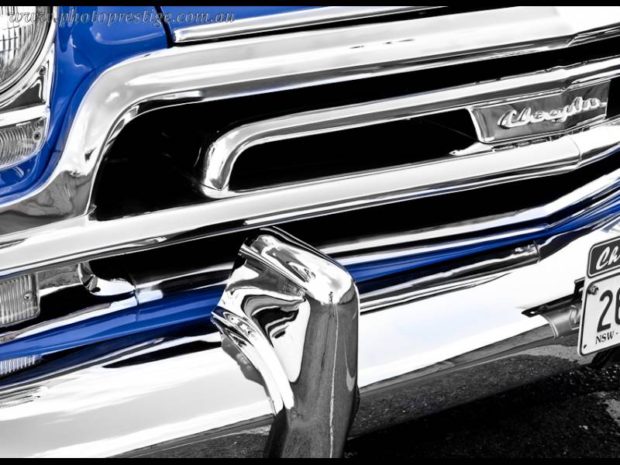
Contact Olga at Photoprestige for awesome photos of your car. Click on this photo for details.
the NASCAR championship easily with the C-300 powered by a twin four barrel version of the 331, and again in ’56 with the 300B and a 354 cid version of the engine. In Europe a Hemi powered Cunningham C4R sports car won the Sebring 12 hour in 1953, and three of the top ten 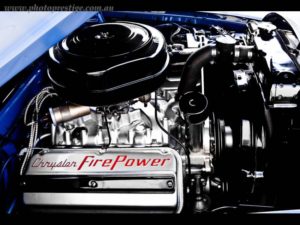 finishers at the Le Mans 24 hour that year were Cunningham Chryslers. Paul Frere came 1st in the touring class at Italy’s 1953 Mille Miglia in a Chrysler Saratoga. A Hemi powered dragster won the NHRA’s 4th annual US Nationals in 1958 and in 1964 another became the first car in US Nationals history to break 200 mph. The second generation Hemi released that year went on to write its own place in the history books but that’s a whole other story.
finishers at the Le Mans 24 hour that year were Cunningham Chryslers. Paul Frere came 1st in the touring class at Italy’s 1953 Mille Miglia in a Chrysler Saratoga. A Hemi powered dragster won the NHRA’s 4th annual US Nationals in 1958 and in 1964 another became the first car in US Nationals history to break 200 mph. The second generation Hemi released that year went on to write its own place in the history books but that’s a whole other story.
The ultimate (factory) expression of the FirePower Hemi was the 390 horsepower fuel injected 392 cid version offered in the 1958 Chrysler 300D. By 1959, however, only a truck version of the Hemi was manufactured.
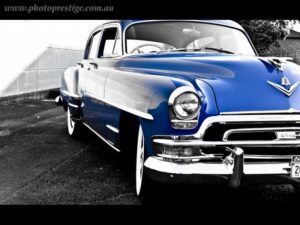 The New Yorker nameplate ran from 1939 until 1996. In 1953 Chrysler dropped the similarly bodied but lower spec Saratoga nameplate and it became the New Yorker while the newly introduced New Yorker Deluxe was essentially an aesthetically updated New Yorker from the year before. For 1954 Chrysler’s base 331 Hemi was up-rated to 195 horsepower (147 kilowatts) and a four-barrel version was available with 235 horsepower (175 kilowatts). That year Chrysler also introduced the two speed Powerflite transmission.
The New Yorker nameplate ran from 1939 until 1996. In 1953 Chrysler dropped the similarly bodied but lower spec Saratoga nameplate and it became the New Yorker while the newly introduced New Yorker Deluxe was essentially an aesthetically updated New Yorker from the year before. For 1954 Chrysler’s base 331 Hemi was up-rated to 195 horsepower (147 kilowatts) and a four-barrel version was available with 235 horsepower (175 kilowatts). That year Chrysler also introduced the two speed Powerflite transmission.
While lead-sled styled hot rods based on the cars of the early ‘50s are not without their own unique charm, even the most hardcore hot-rodder would never dream of transforming this Chrysler into a piece of what they term ‘rolling art’. The car is a masterpiece already.
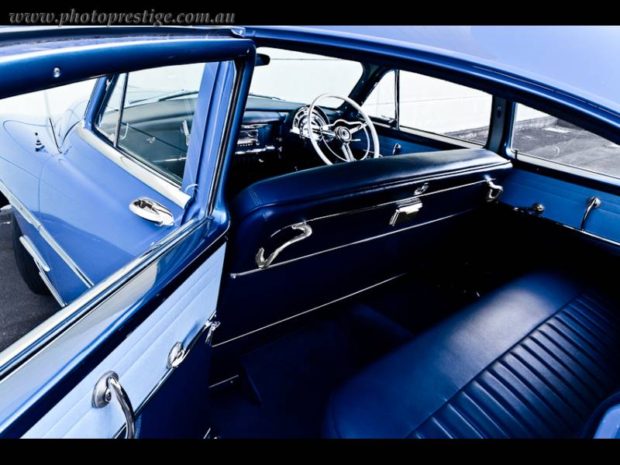
Click on this photo if you want to organise for Olga to photograph your car.
1954 Chrysler New Yorker Specs
Body variants 2 door Club Coupe, 2 door Convertible, 2 door Hardtop, 4 door Sedan, 4 door Sedan lwb, 4 door Wagon.
Engine 331.1 cid Chrysler FirePower V8
Bore/stroke 3.81 inch x 3.63 inch
Compression ratio 7.5:1
Power 195 hp (147 kilowatts) 2V; 235 hp (175 kilowatts) 4V
Torque 434 Nm (2V); 447 Nm (4V)
Transmision Powerflite two speed automatic with torque converter.
Wheelbase 125.5 inch
Suspension front independent coil springs, tube shocks
Suspension rear live axle, leaf springs, tube shocks
Final drive ratio 3.54
Brakes front/rear drums (Ausco-Lambert discs optional, $400)
Wheels and tyres 15 x 6/H78-15
Performance Top speed 110-115 mph; 0-100 12.2 seconds (235hp)/ 12.9 seconds (195hp)
Kerb weight 4 door: 1910 kg/ 1950 kg (Deluxe)
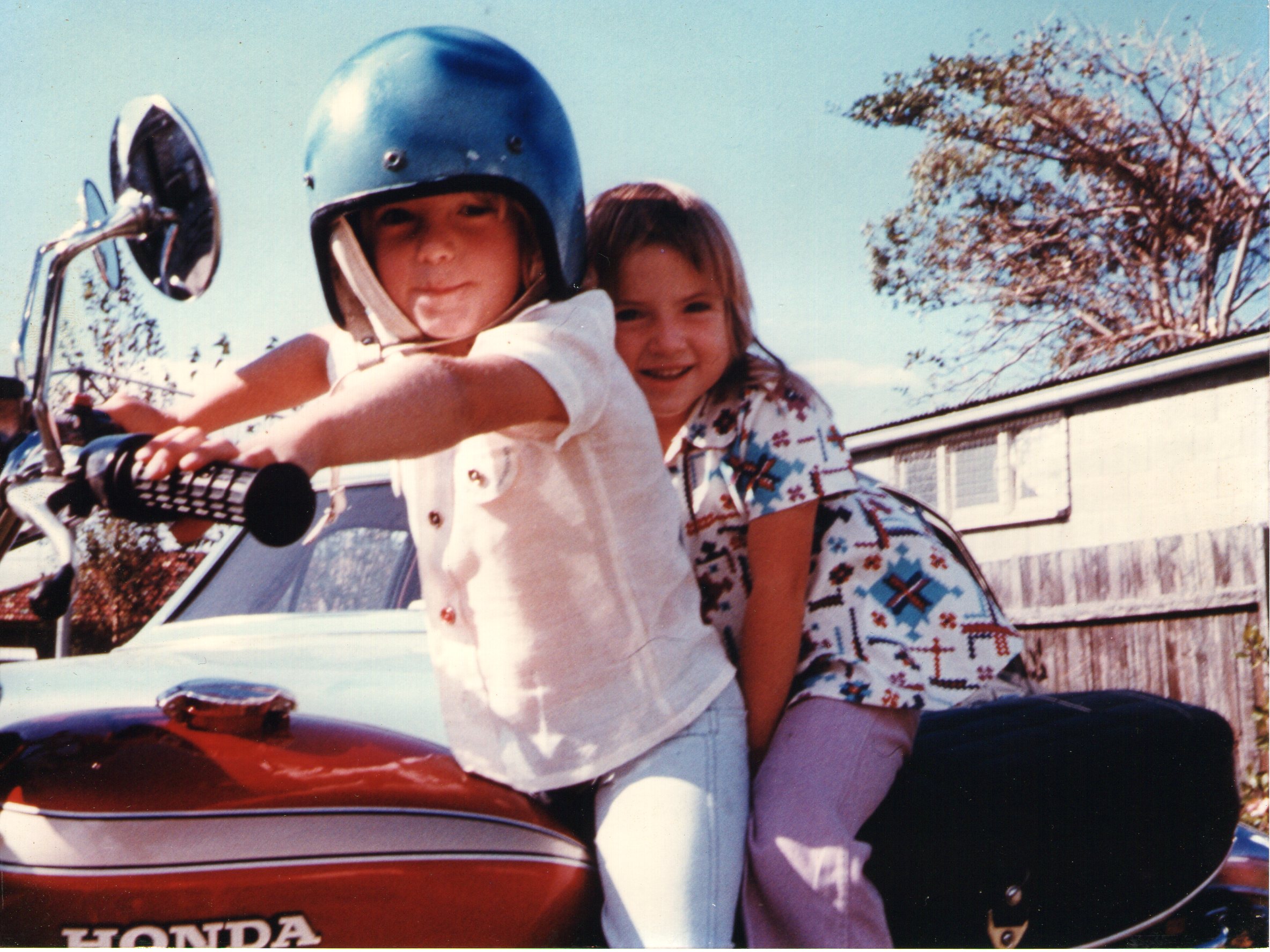

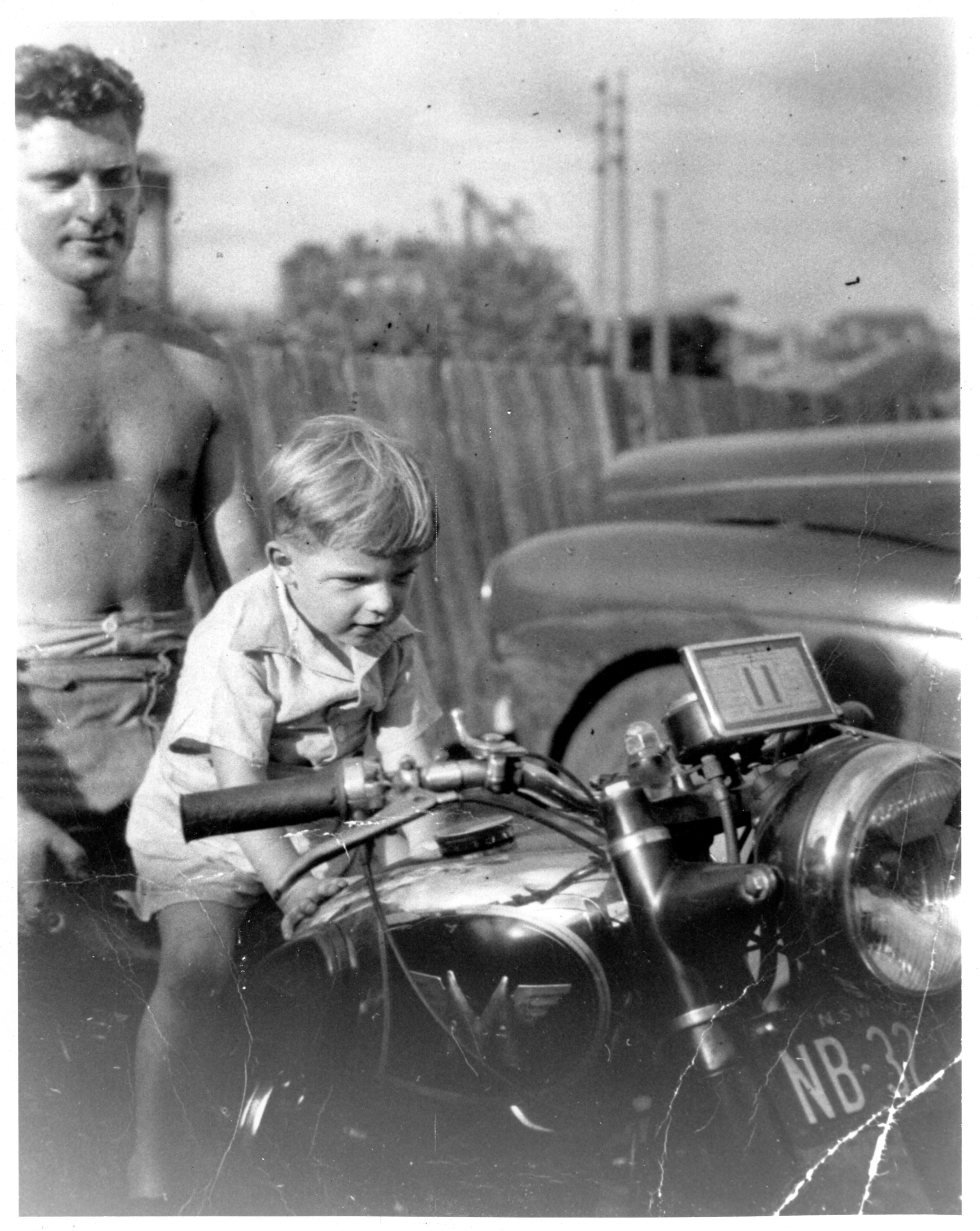
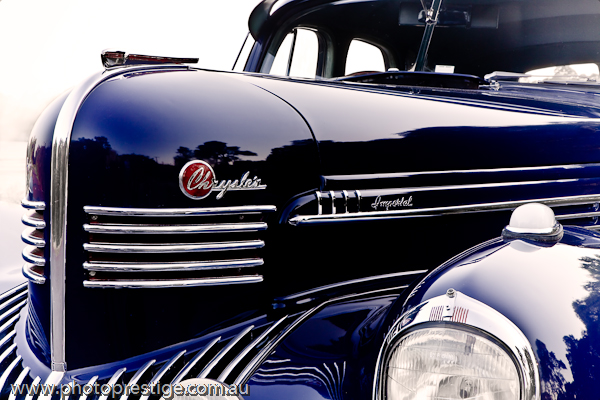
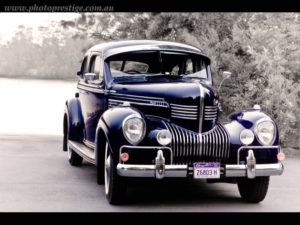
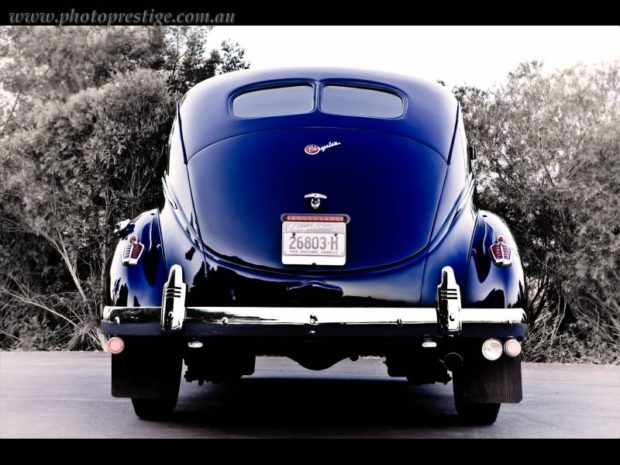
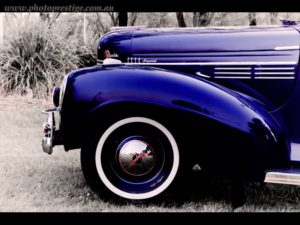
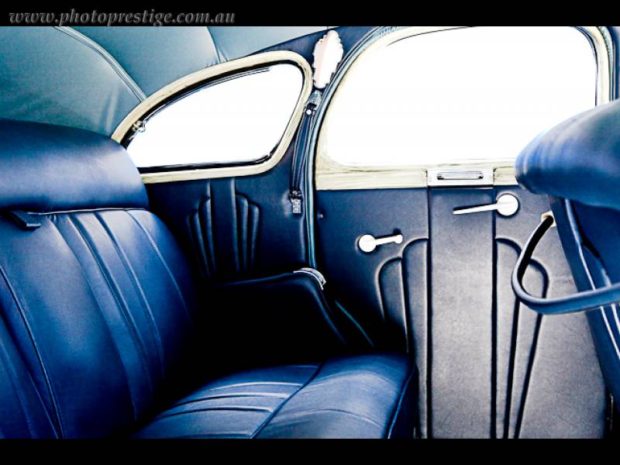
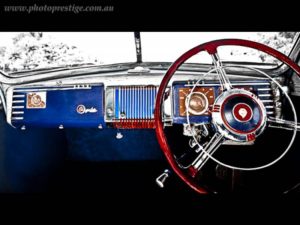
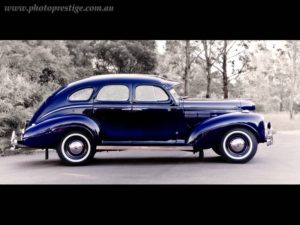 This ’39 Chrysler Imperial is a statement of what in those days was American aspiration. It’s only with the value of hindsight we can look at it as a harbinger of days that were to come.
This ’39 Chrysler Imperial is a statement of what in those days was American aspiration. It’s only with the value of hindsight we can look at it as a harbinger of days that were to come.